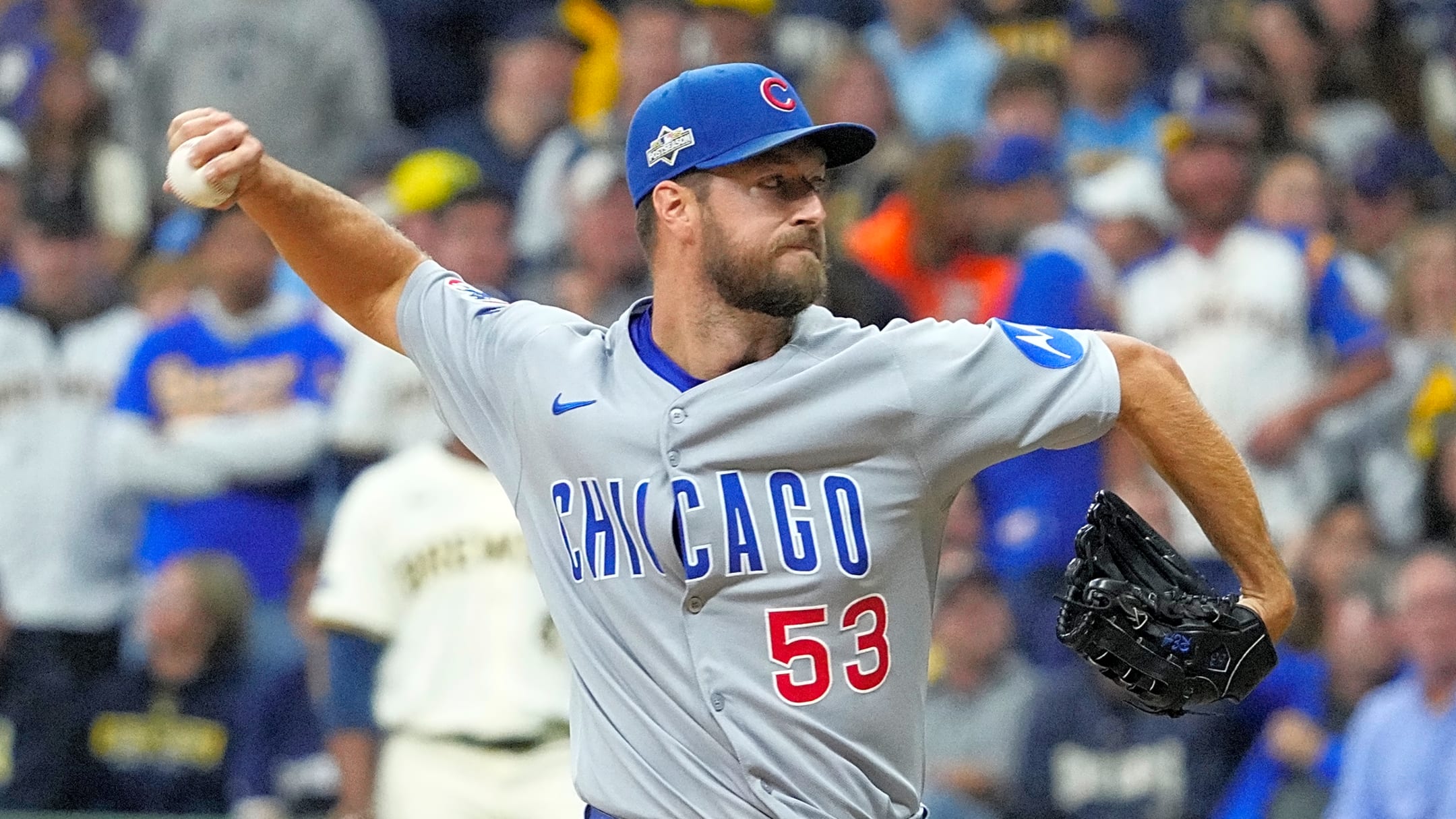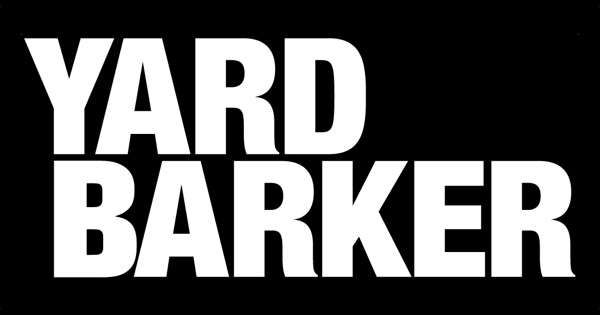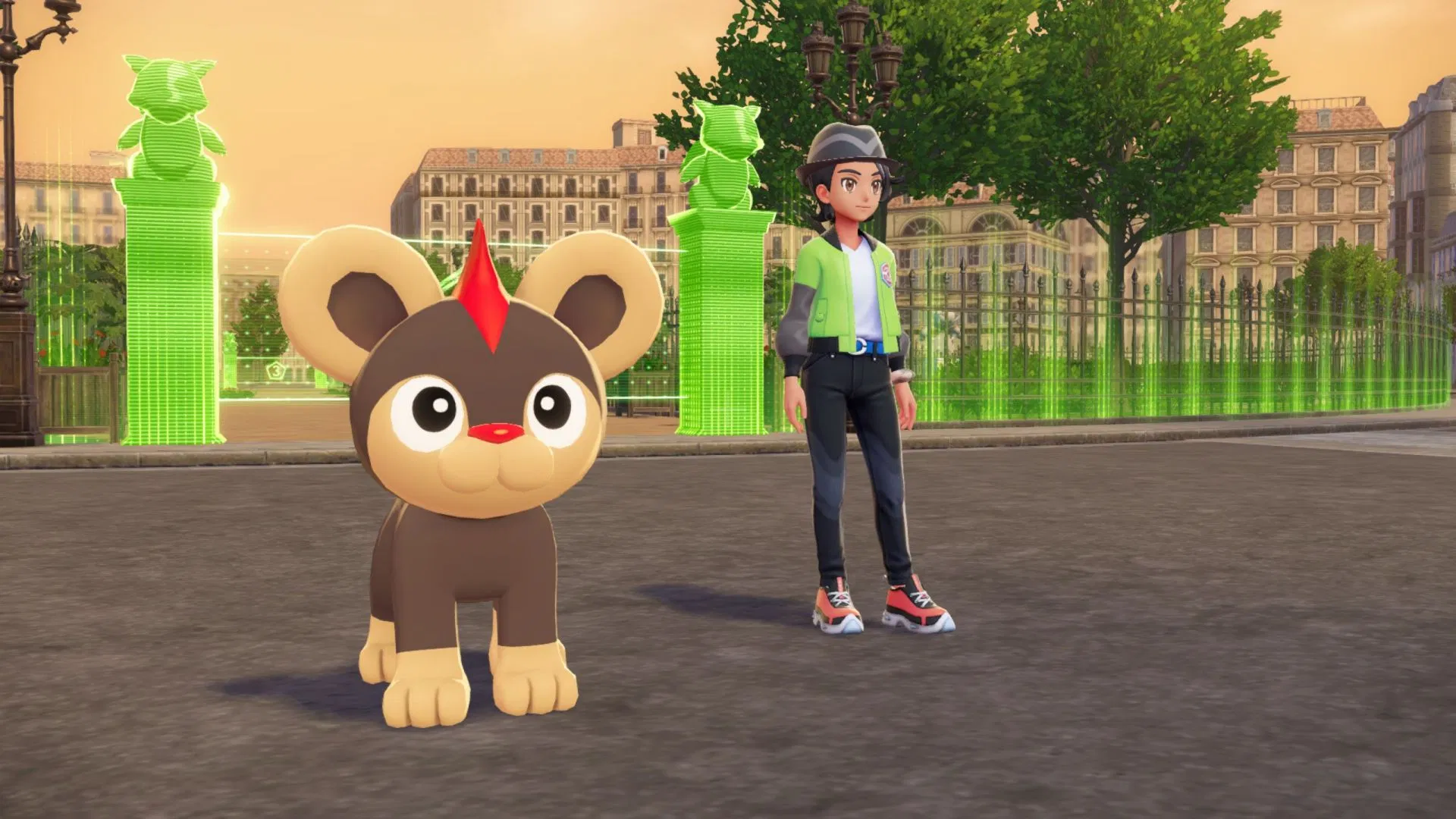Copyright yardbarker

Chicago’s offense was a behemoth for much of 2025. The Cubs finished the regular season fourth in Barrel% (10%), as well as top ten in home runs and runs scored. Much of that success can be attributed to a newly constructed lineup. When the Cubs acquired outfielder Kyle Tucker in December, the hope was not only that Tucker would be an elite hitter but also provide protection for the other power hitters in the Chicago lineup. That proved to be the case, as Michael Busch (34) and Seiya Suzuki (32) both set career-highs in home runs. Suzuki was a prime benefactor, as the veteran outfielder led the Majors in total RBI at the All-Star break. The other big breakout star for the Cubs was Pete Crow-Armstrong. Crow-Armstrong came into 2025 as a different man, using a heavier bat and slightly deeper in the box. The 23-year-old, affectionally known as PCA, hit 31 home runs and 35 stolen bases. And on top of that, he also delivered plus defense in center field with his elite speed. However, not all was well with Crow-Armstrong this season (I’ll get more into that in a minute). Those three, coupled with Tucker and the rest of the lineup, proved to be an overall strength. And, it’s not like there was nothing but power hitters. Nico Hoerner had 178 hits and was one of baseball’s best bat-to-ball men. Carson Kelly had 31 extra-base hits this season and struck out just 80 times over 111 contests. As for the pitching staff, the Cubs’ rotation had its problems. However, Chicago may have found their future ace in Cade Horton. Horton, a former first-rounder out of Oklahoma, was promoted in May and possesses what could be considered a modern-day analytics’ paradise of an arsenal: a hard, cutting four-seamer, a sweeper, a changeup with separation & sink, as well as a hard, shortened-up curveball. While there were some issues with Horton’s rookie numbers, namely a below-average 10% Barrel%, the right-hander performed extremely well. The 24-year-old posted a stellar 2.67 ERA and an even more stellar .273 wOBA. Both ranked him in the top-15 in the Majors (min. 75 IP) from his promotion date onward. The only negative for Horton this season was the fact that he suffered a rib fracture in late September that kept him out for the playoffs. Aside from Horton, the Cubs heavily leaned on Matthew Boyd, who logged nearly 190 cumulative innings between the regular season and playoffs. A first-time All-Star, Boyd did more than enough to keep hitters off balance, with his four-seamer, slider, curveball, and changeup, the latter of which became a crucial pitch. The bullpen, meanwhile, had unheralded stars. Caleb Thielbar, Chris Flexen, and a returning Drew Pomeranz were all important at key points. Brad Keller posted a 187 ERA+, as he fit in very nicely as a reliever. Chicago also appeared to have found their closer of the future in hard-throwing righty Daniel Palencia. Palencia notched 22 saves after taking over the role from Ryan Pressly. While the Cubs’ overall offense ranked in the top half of the league, Chicago actually finished the second half in 16th place in terms of OPS (.721) and 20th in runs scored (281). It didn’t help that the Cubs had several players who had tough second halves. Both Willi Castro, acquired from the Twins at the deadline, and Carson Kelly ranked in the bottom 20 of the league in wOBA during the second half. Castro, who slashed .170/.245/.240 as a Cub, had the worst (.222) in the league. Crow-Armstrong’s chase and strikeout problems also caught up to him. PCA had 63 strikeouts in the second half, which helped put him among the league’s worst in terms of OPS drops between the first and second half.



